The Three Seas Initiative (3SI) is often considered within the infrastructural cooperation between 3SI participating countries. However, this format should be seen wider, because a part of the 3SI projects is directed both to member states as well as third states, including the West-Balkan region. In this aspect, there should be paid attention to the communication investments connecting the 3SI area with the Western Balkans.
On the other hand, China within the Belt and Road Initiative (BRI) plans to construct the Land-Sea Express Route which aims to communicate with Greece in the Pireus port, North Macedonia, Serbia, and Hungary in Budapest.
The Three Seas Initiative and the Belt and Road Initiative are treated as competitive formats against each other, also in Central and Eastern Europe where countries of the region in the region perceive both formats differently. The 3SI and the Western Balkan countries differ from one another, for example in their attitude to cooperation with the Middle Kingdom. When Hungary and Serbia invest strongly in the development of economic relations with China, on the opposite side the Baltic states, Romania and Montenegro fear increasingly the bigger Chinese engagement in the infrastructural dimension. In conjunction with the latest escalation of the war in Ukraine which happened on 24 February this year, there was an increase in the unwillingness on the part of the CEE countries toward Beijing and reducing the ties with it. The Chinese part is considered the silent ally of the Russian Federation in the war with Ukraine, and it strongly tightens bilateral relations with Moscow. But yet, the newly constructed road and rail routes – both within the 3SI and also BRI in the Western Balkans – can complement each other and constitute an additional impulse for the development of Central European countries and also the Middle Kingdom. The synergy of the communication investments can also influence tightening the cooperation between the Western Balkans and Three Seas Initiative.
The complementarity of the 3SI and BRI projects
Railway
The synergy of the rail transport projects of both formats in the Western Balkans can be observed in the example of the planned and realized railway line connecting Budapest with Belgrade. In this aspect, it is worth noticing that the connection between the capitals of Hungary and Serbia is currently the most important Chinese infrastructure investment in Central Europe. It also constitutes part of the Land-Sea Transport Corridor – a priority communication project for China in Europe within the Belt and Road Initiative.
The railway line between Budapest and Belgrade is also part of one of the most important projects of the Three Seas Initiative in this aspect, the Amber Railway Freight Corridor. It aims to connect the main urban centers in Poland, Slovakia, Hungary, and Slovenia. Serbia has not been officially included in this project so far. However, in 2021, three years after this corridor was included in the flagship 3SI investments, this country formally became a partner of this investment of the Three Seas Initiative.
The investment is part of trans-regional transport connections. The considered route is part of the RFC10 European rail corridor which extends from the Alps to Bulgaria through the Western Balkans, particularly through Serbia. The modernization of the Belgrade-Budapest section of the rail route will boost the economies of Serbia and Hungary, because of the increased passenger and freight traffic in these states. This is all the more so because the implementation of this investment (along with other sections of the Land-Sea Express Corridor) will enable the delivery of goods through South and Eastern Europe on a shorter route. The construction of the rail sections within this corridor, including the railroad between Budapest and Belgrade, will ensure a connection to Rail Baltica, which communicates Germany, Poland, Lithuania, Latvia, Estonia, and Finland with each other. For this reason, the construction of joint 3SI and BRI investments in the Balkans will bring benefits to the northern 3SI countries, which can gain additional trade opportunities with Asia.
Roads
The complementarity of the BRI and 3SI road investments in the Western Balkans should be noticed in the case of the Land-Sea Express Route connects with the pan-European transport corridors. A part of the road section of the Corridor promoted by the Middle Kingdom – from Thessaloniki via Skopje to Budapest – is a part of the Trans-European transport route No. 10, which extends from Salzburg to Thessaloniki, also through Skopje. In this city, the road connects with the pan-European Route No. 8, which runs from the coast of Albania through North Macedonia and Bulgaria. A part of this trans-European route (No. 8) – on the east of Skopje – is the Black Sea Highway, entered as a TSI project, which runs latitudinally through Bulgaria.
In the capital of North Macedonia, there is crossing also the road part of the Corridor within BRI, with the inactive status within Three Seas – North-South European route E65, which runs on the west to other Balkan states and further on the north to Sweden.
There is also worth noticing that despite the lack of direct connection of the road part of the Land-Sea Express Route and Via Carpatia in Serbia and North Macedonia, the crucial urban centers in the Western Balkans are located at a relatively close distance from particular sections of Via Carpatia in Romania, Bulgaria and Greece. Both Serbia and North Macedonia, as well as other West-Balkan countries, are interested in including transport cooperation within the development of this international route.
The better communication between the road and rail routes in the Western Balkans with the tracks in other parts of Europe will also ensure faster transport of goods from other regions of the world, including the Far East. The construction of new road and rail connections in the West-Balkan area (joint with other routes in Europe and sea ports) will unleash the communication potential of this region. Around 60% of goods from China to the European Union are transported by sea, which will increase the significance of the ports in South and Eastern Europe (including Pireus) and the Western Balkans as transit areas. The realization and synchronization of such connections as the Amber Rail Corridor or Via Carpatia with the Land-Sea Express Route relieve other, overloaded so far, transport routes, especially the ones which run through the Suez Canal. Moreover, the constructed routes in the Western Balkans create an opportunity for a more stable transport of cargo to other parts of Europe, than is the case with other transit regions of the continent and areas situated close to the European land. It concerns Ukraine and the South Caucasus above all, which deal with the escalation of regional military conflicts.
The barriers of realization mutual transport investments of the 3SI and BRI
While the construction of the entire Amber Railway Corridor is close to being completed, the other investments of the Three Seas Initiative, which complement each other with the Belt and Road Initiative in the Western Balkans, are only at the registration stage. This applies in particular to the E65 Route – the priority road connecting the Three Seas countries with the Western Balkans – the construction of which has not yet taken into account, inter alia, the schedule, sources of financing, and the estimated budget of the entire project. This may prove that there is little or no interest in the countries potentially involved in this project, or that only some of them are determined to complete its construction. The key barrier to the implementation of this project seems to be the insufficient amount of financial resources. Western Balkan countries cannot afford to finance these projects, because of their low level of economic development. Moreover, funds from the budgets of the Three Seas countries with other sources of financing are not able to cover the necessary expenses to a large extent.
The projects of the Three Seas Initiative discussed in this article are supported by the European Union. This support is realized by such instruments as The Western Balkans Investment Framework (WBIF), Instrument for Pre-accession Assistance (IPA), and Trans-European Transport Networks (TEN-T). In the last two years since the outbreak of the Covid-19 pandemic, the EU announced The Economic and Investment Plan for the Western Balkans for 2021-2027. Within this initiative, there will be allocated almost 30 bln euros from European funds and investment guarantees on the infrastructure development. It will be supported through previous and new-introduced instruments and support strategies, including Global Gateway. However, the West-Balkan states concentrate on infrastructural cooperation with China to a bigger extent. When the support for the development of infrastructure from the EU and other western institutions is related to the requests to conduct ambitious political and economic reforms, using Chinese loans is not associated with these restrictions.
But yet, the previous China activity in the West-Balkan area is also associated with some dangers for the economies of this region. In contrast to the funds from western institutions, the Chinese financial support allows contracting public procurement to the subjects politically related to state and local authorities. This influences the increase in the already high level of corruption and deepening of the other economies in the West-Balkan countries. This course of events happened among others in Montenegro in recent years during the construction of the highway connecting Bar with Boljare, where the prevailing and high corruption led to the necessity of allocating additional funds on this investment and significant liabilities of this country.
The implementation of mutual projects within the 3SI and BRI demands a bigger engagement of the countries of the 3SI, the Western Balkans, and China. However, observing the level of cooperation between some states in the widely understood CEE region since the escalation of the conflict in Ukraine, it increased or decreased depending on the policies and attitudes of some countries to this dispute (including the Middle Kingdom).
On the one hand, there could be observed the tightening relations (also in the infrastructural dimension) between Poland and accordingly: the Baltic states, the Czech Republic, Slovakia, and Romania, and also between Hungary and Serbia. On the other hand, the ties between the Hungarian side and other countries of the Visegrad Group (V4) weakened. The last quoted example has a particularly big significance for the realization of the complementary connections of both of included infrastructural initiatives. If the differences between V4 states towards the Russian invasion in Ukraine and Chinese support for Russia in this issue still deepened, the plans for the development of the Amber Rail Freight Corridor (and the other potential investments associated with the synergy of the 3SI and BRI and connecting V4 countries) can get stuck in place. In the case of the implementation of this scenery, Central European states will gain limited benefits from the potential of completing considered transport projects. The planned communication investments connecting Poland, the Czech Republic, Slovakia, and Hungary are fundamental for mutual projects of the 3SI and BRI, improving the transport from the Middle and the Far East to Scandinavia through Central Europe.
The summary
The Western Balkans is the area, where connect plenty of transport connections of the Three Seas and the Belt and Road Initiative. Potentially, there is an interest for the West-Balkan, southern and northern 3SI countries, and China to develop complementary communication projects of the 3SI and BRI in the Western Balkans. However, the escalation of the conflict in Ukraine at the turn of February and March this year played a fundamental role in the relations between some CEE states, and therefore, in their potential involvement in the development of the considered cooperation. The following weakness of the ties between some countries of the region can seriously influence the inhibition of the realization of tcomplementarytar connections of the 3SI and BRI, particularly between the Visegrad states. In the current situation, it seems that North Macedonia should be interested the most in implementing the mutual projects of both infrastructural formats. By completing considered investments, this country can become a transport hub for the 3SI and TSI projects in the Western Balkans (because of the connection of Skopje with trans-European transport corridors no. 8 and 10, E65 Route, and Black Sea Highway). The development of the cooperation within complementary 3SI and BRI projects will bother most Baltic countries, which are concerned about the increased position of China, which is treated for them as a danger to their security. It is worth noticing the fact that these states are currently reducing their relations with China, an example of which is the leaving 16+1 format by Lithuania in May, and later Latvia and Estonia in August this year.
The 3SI countries should become more engaged in transport cooperation with the West-Balkan region. In this context, bilateral (between the Three Seas countries and the Western Balkans) and multilateral economic relations should be revitalized through current formats such as the Visegrad Group, the Transport Community, and the Berlin Process, among others. It is also essential to create a new format of cooperation between the 3SI and the West-Balkan area. The activities undertaken within the framework of the mentioned associations should be synchronized with each other.
These investments are supported also by the European Union through various strategies and instruments. For effective communication cooperation, in the implementation of the 3SI projects involving the countries of the Western Balkans, it is worth including EU instruments dedicated to this region, including WBIF, IPA, and TEN-T. Within the Three Seas, there should be also included trans-regional sections for the priority communication projects of this initiative, which would connect particular West-Balkan countries with 3SI ones, for example, Skopje-Deve Bair, Belgrade-Vršac I Nis-Gradina. The construction of them is supported by the mentioned EU instruments. Due to the realization of these routes, the Western Balkans will be connected with the Via Carpatia, which is the transport backbone of the Three Seas Initiative.
This article, there was focused on some mutual transport investments of the 3SI and BRI. However, there should be also striving other planned routes in the Western Balkans in the future, whose connection with discussed projects will, even more, ensure the synergy between both initiatives and enhance cooperation within these formats, In this aspect, there can be crucial to construct the highway connecting Bar with Belgrade.
Constructing new, complementary connections of the 3SI and BRI in the Western Balkans, there should be implemented in the EU initiatives, such as Global Gateway and EU Strategy on Connecting Europe and Asia. The realization of these transport routes by the recommended and mentioned strategies and instruments will contribute to increasing the effectiveness of previous transport cooperation. The partnership realized in a featured way will be based on mutual rules and standards. Furthermore, this cooperation will reduce the risks related to the implementation of international communication projects in the Western Balkans.

IF YOU VALUE THE INSTITUTE OF NEW EUROPE’S WORK, BECOME ONE OF ITS DONORS!
Funds received will allow us to finance further publications.
You can contribute by making donations to INE’s bank account:
95 2530 0008 2090 1053 7214 0001
with the following payment title: „darowizna na cele statutowe”



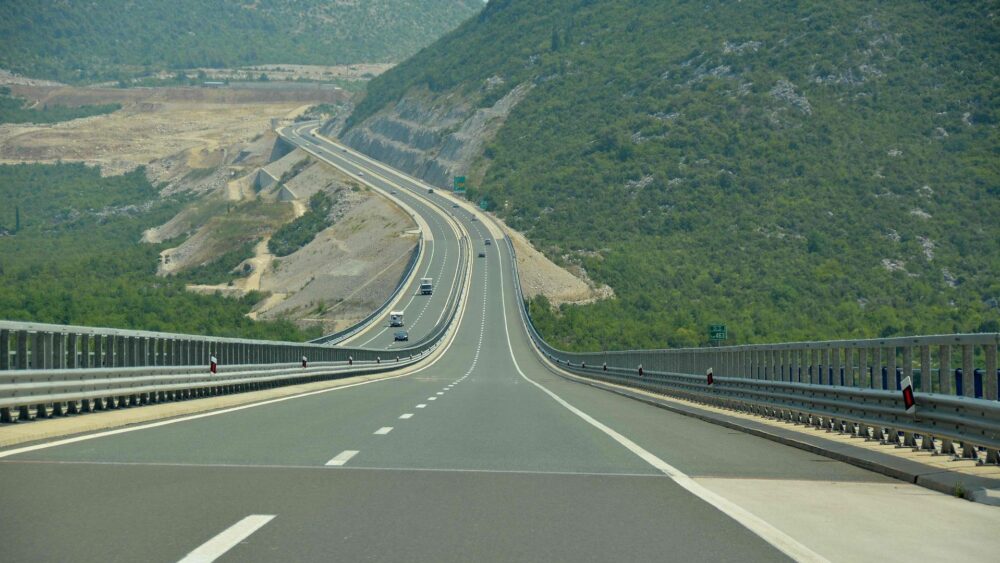





















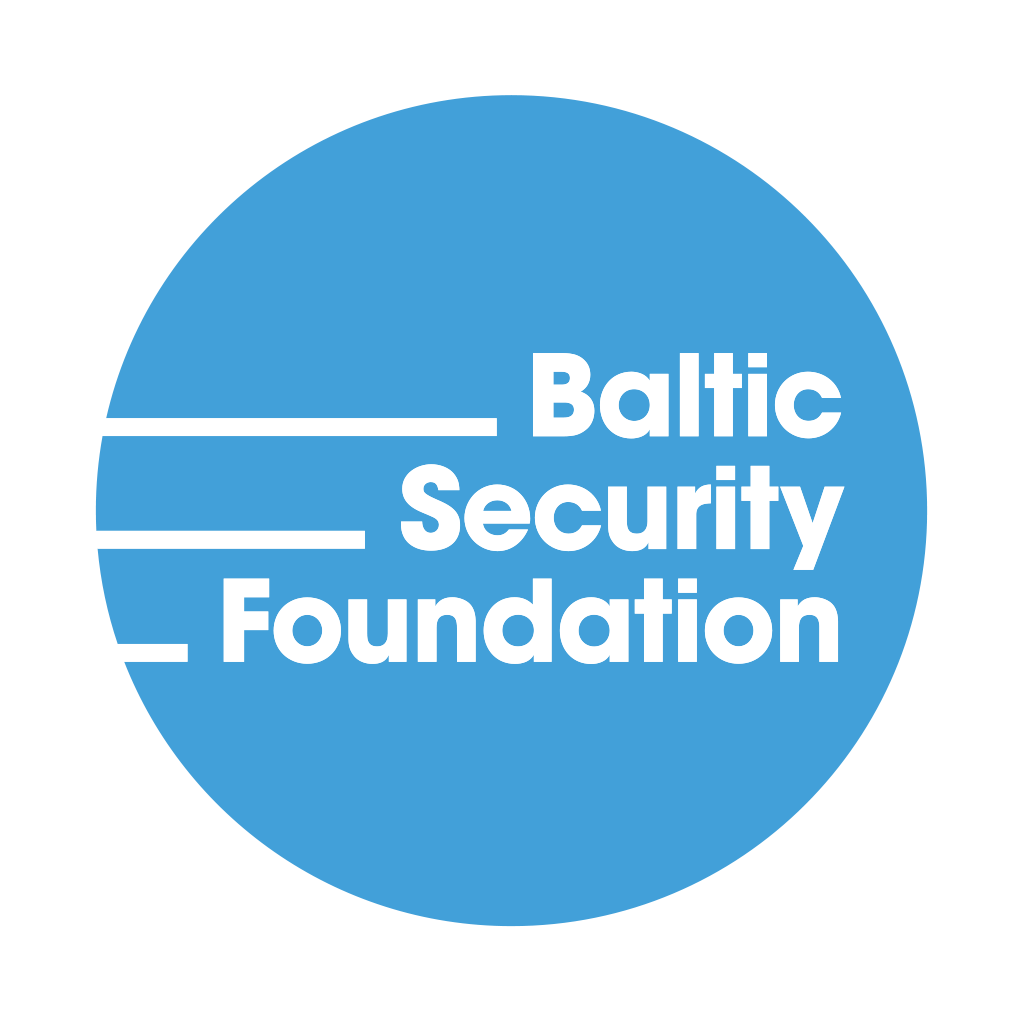



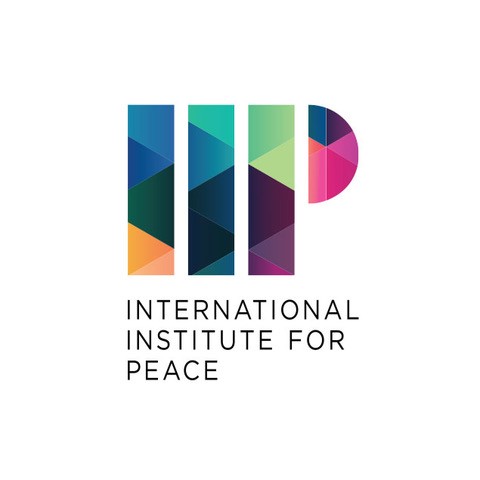
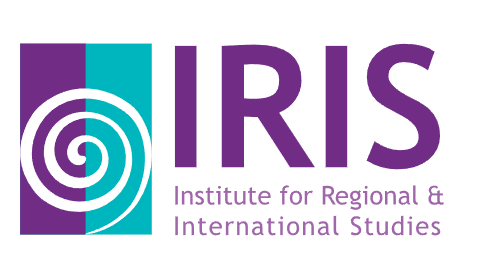
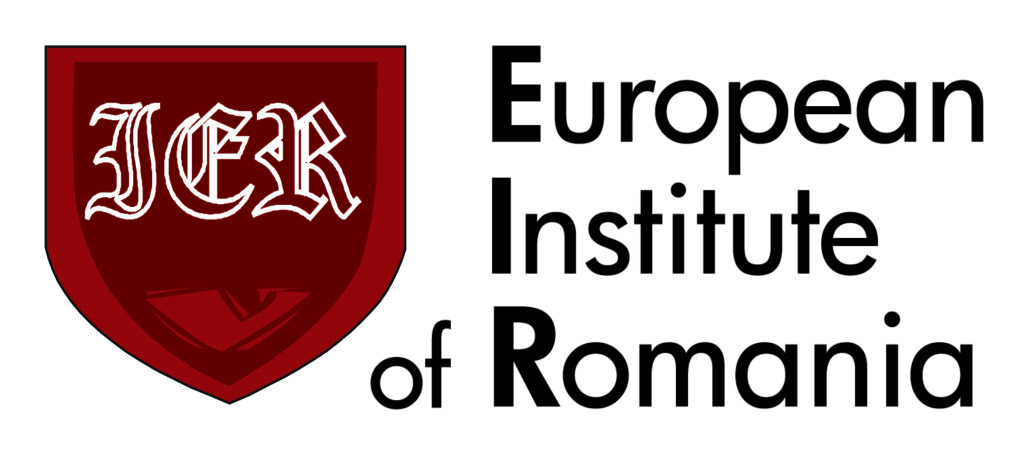

Comments are closed.